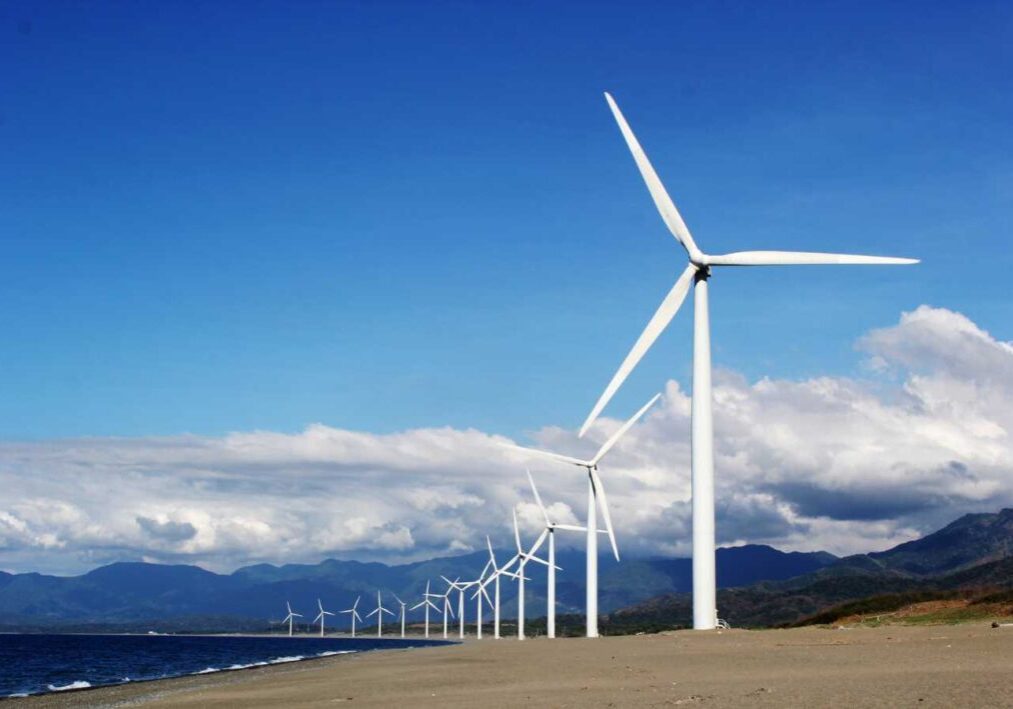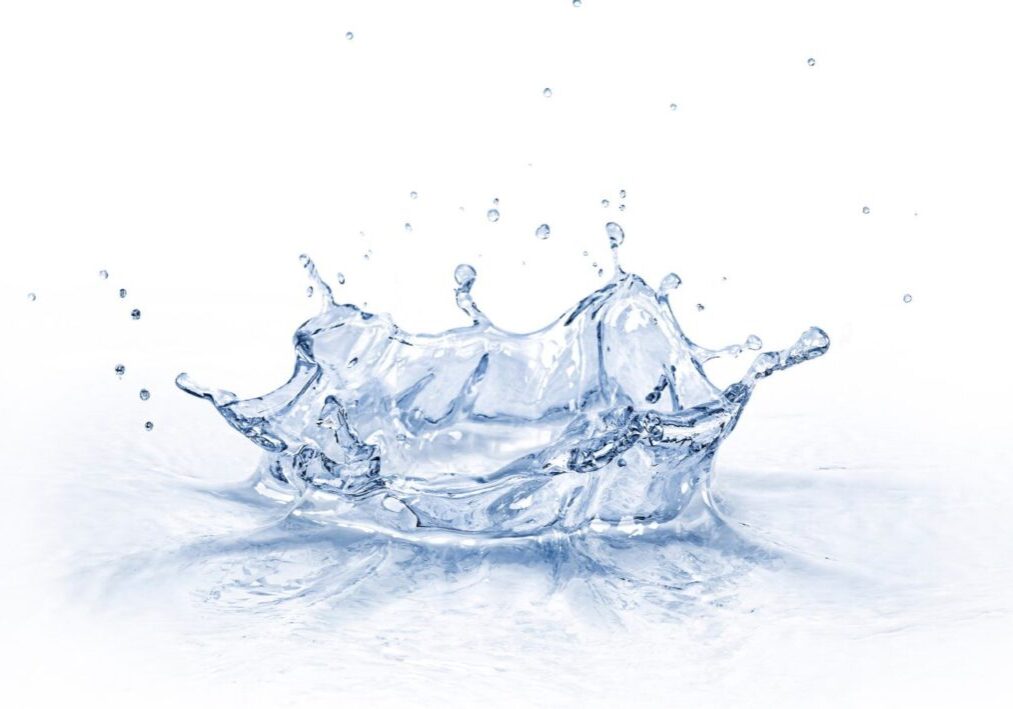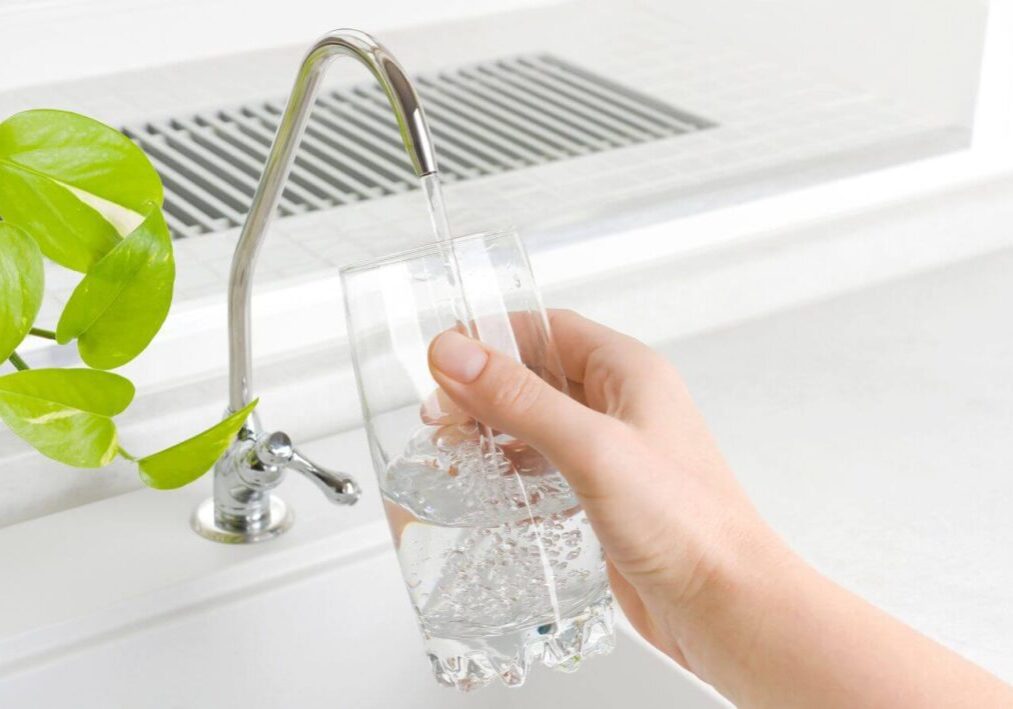26 Feb 2024
Harnessing Wind Power: Exploring the Advantages of Windmills
Introduction:
In today’s quest for sustainable energy sources, wind power has emerged as a promising solution. Windmills, also known as wind turbines, harness the natural power of the wind to generate electricity and perform various tasks. In this article, we’ll delve into the numerous advantages of windmills and how they contribute to a cleaner, more sustainable future.
Understanding Wind Power:
Wind power is a renewable energy source that relies on the kinetic energy of the wind to generate electricity. Wind turbines are designed to capture the energy from the wind and convert it into mechanical power, which is then used to drive generators and produce electricity.
Wind power is considered a clean and sustainable alternative to traditional fossil fuels, as it does not produce harmful emissions or contribute to climate change. The efficiency of wind turbines has improved over the years, making them a viable option for generating electricity in many regions around the world.
Wind power has the potential to reduce our reliance on nonrenewable energy sources and help combat global warming. As technology continues to advance, wind power is becoming more cost-effective and efficient, making it an increasingly popular choice for electricity generation.
Advantages of Windmills:
Consider some main advantages of windmills in the points below:
- Renewable and Sustainable: One of the most significant advantages of windmills is that they harness a virtually inexhaustible resource – the wind. Unlike fossil fuels, which are finite and contribute to greenhouse gas emissions, wind power is renewable and sustainable, making it an environmentally friendly energy option.
According to the International Energy Agency, wind energy accounted for 16% of global electricity generation in 2010. With a 17% increase in the average wind speeds between 2000 and 2009, the volume of electricity generated by wind power is expected to continue to grow in the coming years. - Clean Energy: Wind power is a clean energy source that produces minimal environmental pollution. Unlike traditional power plants that rely on fossil fuels, wind turbines do not emit harmful pollutants such as carbon dioxide, sulfur dioxide, or nitrogen oxides. This helps reduce air pollution and mitigate the impacts of climate change.
Additionally, wind power is a renewable energy source that does not deplete natural resources. By harnessing the power of the wind, we can reduce our dependence on finite fossil fuels and move towards a more sustainable energy future. - Low Operating Costs: Once a wind turbine is installed, the operational costs are relatively low compared to other forms of power generation. Wind is a free and abundant resource, meaning that the primary costs associated with wind power are related to turbine maintenance and infrastructure upkeep.
This makes wind power an attractive option for long-term energy production, as it can provide stable and predictable electricity at a lower cost. Additionally, advancements in technology have improved the efficiency and reliability of wind turbines, further reducing operating costs over time. These advancements have also made it possible for wind turbines to be placed in a wider range of locations, increasing their potential for widespread adoption. As a result, wind power has become increasingly competitive with traditional fossil fuel sources in terms of cost-effectiveness and environmental impact. - Energy Independence: By harnessing the power of the wind, communities can reduce their reliance on imported fossil fuels and achieve greater energy independence. Wind power can help diversify the energy mix, reduce vulnerability to fuel price fluctuations, and enhance energy security.
Wind energy creates a net zero-carbon energy source, saving consumers money on their energy bills, providing improved health benefits and improving local economies. The progress we’re making is crucial in transitioning towards a more sustainable future. As technology continues to advance, wind power will become even more efficient and cost-effective, making it an increasingly attractive option for communities looking to reduce their carbon footprint. - Job Creation: The wind energy industry creates jobs across various sectors, including manufacturing, construction, installation, and maintenance. As the demand for wind power continues to grow, so does the need for skilled workers, providing employment opportunities and stimulating economic growth.
Additionally, the development of wind farms often requires collaboration with local communities, creating jobs in areas such as project management and community relations. This further contributes to job creation and economic development in regions where wind energy projects are located.
Furthermore, the expansion of the wind energy industry can also lead to indirect job creation in related industries such as transportation and logistics. Overall, wind energy’s growth benefits the environment and plays a significant role in boosting employment and economic prosperity in various regions. - Land Use Efficiency: Wind turbines require relatively small land footprints compared to other forms of power generation, such as coal or nuclear plants. Wind farms can be built on agricultural land without interfering with crop production, allowing farmers to continue using the land for farming while also generating additional income from leasing their property for wind energy projects.
This dual land use can help farmers diversify their income streams and contribute to the overall sustainability of the agricultural sector. Additionally, wind turbines can be strategically placed in areas with strong wind resources, maximizing energy production without requiring large amounts of land. - Scalability and Modularity: Wind energy projects can be scaled up or down to meet specific energy needs, making them suitable for a wide range of applications, from small-scale residential systems to large utility-scale wind farms. Additionally, wind turbines can be installed individually or in clusters, providing flexibility in design and deployment.
This scalability and modularity allow for efficient utilization of available resources and space, making wind energy a versatile and adaptable solution for various environments. Furthermore, the ability to easily add or remove turbines as needed ensures that wind energy projects can be tailored to changing energy demands over time.
Overall, the flexibility and scalability of wind turbines make them a cost-effective and sustainable option for meeting energy needs in both urban and rural settings. Additionally, advancements in technology continue to improve the efficiency and reliability of wind energy systems, further enhancing their appeal as a viable renewable energy source.
Choosing a Windmill Service Provider:
When considering the installation of a windmill or wind turbine, it’s essential to choose a reputable and experienced service provider. Here are a few factors to consider when selecting a windmill service provider:
- Experience and Expertise: Look for a service provider with a proven track record in designing, installing, and maintaining wind energy systems. Experience matters when it comes to ensuring the safety, efficiency, and reliability of your windmill.
Look for a service provider with a team of experts who have worked on various wind energy projects and can provide recommendations based on their knowledge and skills. Their experience will help you navigate any challenges that may arise during the installation and maintenance process. - Quality of Equipment: Invest in high-quality wind turbines and associated equipment to maximize performance and longevity. Choose reputable manufacturers known for their reliability and durability.
Consider the warranty and maintenance options offered by the manufacturer to ensure long-term support for your investment. Conduct thorough research and seek recommendations from industry experts before making a final decision on equipment selection. - Compliance and Permitting: Ensure that your chosen service provider is familiar with local regulations, zoning laws, and permitting requirements for wind energy projects. Compliance with these regulations is essential to avoid legal issues and ensure the smooth implementation of your project.
A knowledgeable service provider will help navigate the complex process of obtaining permits and meeting compliance standards, saving you time and potential headaches. Their expertise will also ensure that your project is completed efficiently and by all necessary regulations. - Maintenance and Support: Choose a service provider that offers comprehensive maintenance and support services to keep your windmill operating at peak performance. Regular maintenance and timely repairs are essential for maximizing energy production and minimizing downtime.
Look for a provider that offers 24/7 support and has a proven track record of quick response times to ensure minimal disruptions to your operations. Additionally, consider a service agreement that includes routine inspections and proactive maintenance to prevent potential issues before they arise.
Conclusion:
Wind power offers numerous advantages as a clean, renewable, and sustainable energy source. By harnessing the power of the wind, communities can reduce their environmental footprint, achieve energy independence, and stimulate economic growth. When considering the installation of a windmill or wind turbine, it’s essential to choose a reputable service provider with the experience, expertise, and resources to ensure the success of your project. With careful planning and investment, wind power can play a significant role in shaping a cleaner, more sustainable future for generations to come.
You May Also Like



